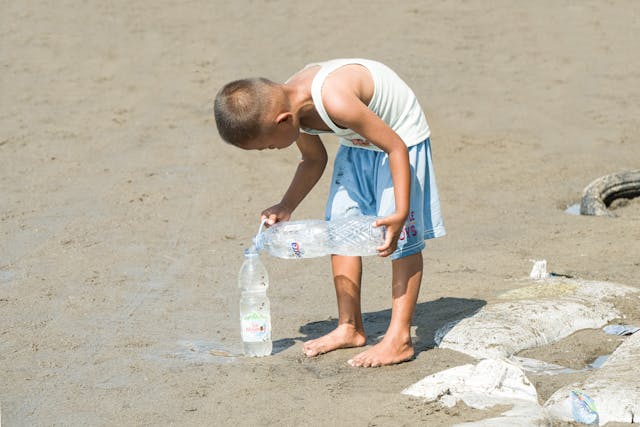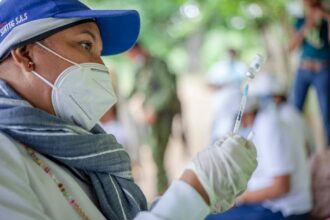A recent investigation has delved into the potential health hazards associated with the emission of volatile organic compounds (VOCs) from plastic water bottles when exposed to sunlight. The study, which meticulously analysed the composition and toxicity of VOCs released under ultraviolet-A (UV-A) and solar irradiation, highlights the imperative for safer storage practices to safeguard drinking water quality.
Plastic water bottles are widely used for their convenience but carry inherent risks. Exposure to sunlight can cause these containers to degrade, releasing volatile organic compounds (VOCs) that may pose risks to human health. The burgeoning popularity of bottled water underscores the urgency for safer alternatives. Addressing these concerns necessitates thorough research into more secure materials and production methods for water containers.
Published by the Guangdong Key Laboratory of Environmental Pollution and Health, Jinan University, and featured in Eco-Environment & Health on 8 February 2024, the study offers fresh insights into how sunlight can transform plastic water bottles into sources of air pollution.
The research scrutinised the VOCs emitted from six types of plastic water bottles exposed to UV-A and natural sunlight. Findings revealed a complex mixture of alkanes, alkenes, alcohols, aldehydes, and acids emitted by all tested bottles, with significant variations in composition and concentration among the samples. Particularly concerning was the identification of highly toxic VOCs, including carcinogenic compounds like n-hexadecane, pointing to profound health implications. Simulated scenarios of prolonged exposure indicated an escalating concentration of VOCs, suggesting an accumulating risk over time.
Dr. Huase Ou, the lead researcher, stressed, “Our findings provide compelling evidence that plastic bottles, when exposed to sunlight, can release toxic compounds that pose significant health risks. Consumers should be aware of these risks, especially in situations where bottled water is exposed to prolonged sunlight.”
Going beyond the chemical stability of polyethylene terephthalate (PET) bottles, this study has profound implications for public health and regulatory frameworks. Understanding the conditions under which VOCs are emitted can guide improvements in manufacturing practices and the selection of materials for bottled water containers. Furthermore, it underscores the critical need for heightened consumer awareness and more stringent industry regulations to reduce exposure to potentially harmful compounds.
More information: Ruijuan Liu et al, Characterizing the photodegradation-induced release of volatile organic compounds from bottled water containers, Eco-Environment & Health. DOI: 10.1016/j.eehl.2024.01.005
Journal information: Eco-Environment & Health Provided by Nanjing Institute of Environmental Sciences








